
I love puppies! I absolutely LOVE puppies. In some ways, I LIVE for puppies. I have made a career out of puppy and dog training for the past 25 years.
I even love being smothered at the bottom of a litter of delightful, lovable puppy pile.
When my breeder friends breed a litter of literally any kind of puppy, I am one of the first to beg to come and play with them at all life stages.
I love everything from bottle feeding, to building obstacle courses, and taking puppies out to socialize.
I have even worked with a couple of Assistance Dog organizations that raised numerous litters of puppies. Teaching puppies new and exciting things is thrilling and rewarding.
What I don’t love is the idea of inexperienced humans and pet owners adopting or buying littermates or two or more puppies.
Why?
Why on earth would I not want two puppies to be adopted or sold together?

Because it compounds the difficulty and investment of raising a good canine companion exponentially! A good breeder also would not want you to take littermates, they have seen the carnage. A good dog trainer will also dissuade you… it may give us extra work but it isn’t worth it to our clients.
When I was a child, I wanted two dogs. My mom allowed us to have one Chow Chow but as a human that loved animals I wanted two dogs. My mother’s excuse was always that if we had two dogs, that they would bond to one another and not to us as a family.
At the time, I was angry and I thought my mother was making excuses. And, in some ways I think that she was  , but interestingly after 25 years of experience of watching the dynamics of (littermates specifically) she was partially right.
, but interestingly after 25 years of experience of watching the dynamics of (littermates specifically) she was partially right.
As an adult, I have almost always had two to three dogs in my home as pets. Most often they have been spaced a few months apart and therefore we (my human family and I) have had an opportunity to spend time with and bond with those puppies.
Littermates, however, spend 90% of their time or more spending time bonding with each other.
These littermates then become dependent on one another for almost literally EVERYTHING. After a short period of time they literally think they can’t function without one another. This is called “littermate syndrome.”
Be sure to get them separate crates. I might even consider crating in different rooms to give them more independent. I like plastic crates because they are darker and more den like. Check them out here, these are even airline approved.
Dispelling the Myths
First off, before the hate mail piles in; no scenario is 100% full proof. There are people out there who mutt-led through the puppy stage and their puppies did alright. There are even people out there who think their puppies are better off together. However, I would argue that last point.
2 Puppies are Easier to Train
You may think that you will have to spend less time by adopting littermates, but nothing is further from the truth.
Many people think that it will only double their work load, but unfortunately, they are wrong it is probably ten times more work.
Following one puppy around and making sure that they get outside and potty appropriately, every 2 hours, after meals, after drinking, after playing, and after sleeping is maddening with one puppy. Now try keeping an eye on TWO puppies. You may think that they will just go potty at the same time, but they won’t.
They will gain bladder control at different times. Their bladders will fill at different times and they will consume different amounts of food and water, even if you try and control it. One puppy will wake before the other and begin playing with the other before you can catch them and get them outside.

And, when one has a potty training accident in the house, even if the other was doing really well, they are both likely to backslide. Plus, you will have two potty training accidents to clean up.
And, that is just “potty training”, imagine for a moment, trying to teach competing puppies to do “down stays”?
Puppies are like toddlers, they are sweet and kind, but they have short attention spans and they often compete with one another for everything that they get. And, if one gets something the other doesn’t there is likely to be a temper tantrum.
Just training two puppies efficiently requires separating them. And, most dog owners complain that whichever puppy is not being worked is SCREAMING in his or her crate, or outside or from another room.
All of these things are much easier if you have an adult dog, or even an older puppy that has already worked through them by themselves.
For instance I once had puppies that were about 6 months apart, but by the time I brought puppy number two home, puppy number one knew most of her obedience, was potty trained, and happily crate trained. She had also already bonded well with me because I had devoted this time to her.
Certainly, they got into a bit more trouble and required a little more time because they were both young together but it was nothing like having two puppies the same age, or littermates, or siblings without training.
Siblings are Easier to socialize?
The truth is often the opposite.

Think about it, they have each other, why would they need to let someone else into “their pack”? This is often seen as they grow and reach sexual maturity (around a year to 2 old) even if they are spayed or neutered.
You often also end up with one very dominant littermate and one more submissive littermate and neither is typically good for the psyche.
Studies have been done on lots of human twins (slightly different than “littermates” of course).
But when raised together there is often a very dominant twin, or the outgoing twin and the submissive twin. The dominant twin handles all life’s complex behaviors while the submissive twin follows. This certainly isn’t the greatest situation if the dominant twin or dominant puppy can’t have life the way he wants, or if the submissive puppy has to make decisions or spend anytime alone.
Twin Escalation Syndrome is an actual “syndrome” seen in human twins, that I believe can also be seen with sibling dogs or littermates.
This behavior is characterized by misbehavior tantrums that can exponentially escalate between the two siblings. In this case, both twins or littermates are trying to be the dominant and one puppy’s bad behavior escalates to the second puppy throwing an even bigger fit to get the attention. As with humans, I believe that this back and forth in bad behavior can degenerate quickly until the behaviors are unbearable.

Eventually, children can be reasoned with, however we can never communicate with our dogs in the exact same way because they don’t speak our language.
Like mentioned before, this makes for more than double the work in a normal situation, if you end up with two puppies or even two adult littermates who are constantly vying to out due one another with negative behavior, you will end up miserable.
It is recommended to separate twins or littermates with this problem, to employ distraction, and try to reduce competition (which is much more difficult in dogs because, of course they cannot be sat down and reasoned with). Dogs are often very competitive mammals.
As with any bad behavior, remain calm. Some of these dogs will feed off of your anger or the escalation in the situation.
Dogs often don’t understand “human anger” but they do realize that their human doesn’t look or act the same so they feed off this energy with more often than not negative or excited energy. As hard as it is to remain calm it is essential for your sanity, eventually.

I am a big believer that dogs mirror our behavior, when we are calm they tend to be more calm, when we are upset, angry or sad they don’t recognize our pheromones and can act out in an attempt to make us feel better. Try not to put your dog in that situation.
Recently I was in a car accident, and my dog recognized that something was just “wrong”. She wanted to nest on top of me and pounce my kidneys for a week (not exactly conducive to healing). However, in this situation, as with some mourning and loss situations our out of our control. I felt horrible, but I still felt bad that my behavior was causing my dog distress. Remember that trying to control our behaviors and mental states is best for them and us!
Littermates will Learn From Each Other
This one is a double edged sword, because it is both true and false at the same time.
Yes, littermates will learn from each other, but often they are imparting negative behaviors and sharing shenanigans together.
They will eat your carpets or walls together, they will dig up your flower bed, or they will dig under your fence together; but rarely will they learn what we consider good behavior from one another.
Dogs are dogs, and dogs have a different guideline of rules and ethics and codes that they follow that has simply nothing to do with humans.
Dogs do things that are fun and feel good.
Lying still for hours, avoiding chewing naughty objects, and not playing too hard don’t even enter into their thought process.
They are going to do things that feel good to them as dogs, like stealing food and shredding your underwear, or chasing the cat together.
Littermates will Entertain Each Other

This one is probably true most of the time, but it isn’t always healthy.
Dogs need to learn to be independent to be successful in life.
Imagine NEVER leaving your mother or your husband, or wife?
Having some alone time is crucial to any animal or human’s psyche.
Yes, they can play together and they should play together but they should learn that they can also play alone or play with just you.
We recently had one of two littermates in our veterinary clinic to be tested for a very specific disease.
Financially two Siblings Isn’t Much More than One
Siblings Always Love Each Other

Often times the worst dog fights and aggression I have ever seen is from littermates. Sibling rivalry is a very real and very deadly condition.
Once dogs reach sexual maturity (even if you spay or neuter them), they can often retaliate about who can be in charge. Of course staying sexually intact makes this much worse, but I have also seen littermates that go from being best friends to wanting to kill one another at the sight of each other.
Think about it… twins can also suffer from a form of this; the difference is that most twins only work through some resentment issues and few if any become homicidal. How would you like to have to share EVERYTHING??
There were times I didn’t want to share with my older sister and vice versa, but thankfully we had a few years between us so the resentment was a bit less. I didn’t have to share all my clothes, all my toys, all my food, and all of my attention.
Littermates are expected to do all of that, and sometimes their beds. Some people even make the mistake of kenneling their sibling dogs together. This means, they literally never get a break from each other.
Can you imagine getting frustrated or even angry at a person or even your significant other that you literally never got a break from? Either you would form an unhealthy dependent relationship, or you would likely form unhealthy anger and aggression. Neither are healthy, of course! Healthy Pet also published an article on littermate syndrome.
But, often these cases need the assistance of a boarded veterinary behaviorist after one or the other has incurred numerous fights and stitches.

I had a potential client who heard me talking about being a trainer at a restaurant last week, he followed his story about sibling German Shepherd Dogs with photos of the bloody mayhem and that one dog had lost an ear. This had been the latest of half a dozen dog fights. Both were 2 years old and of course got along fabulously occasionally.
The truth is, few dogs fight 100% of the time. There are a few dogs that will do anything they can to get to one another, with the desire to kill the other. But most dogs will get along the majority of the time, until they don’t. It is still not healthy and can still end with the death of one of the dogs.
Because he was in denial about needing to separate these dogs until they were evaluated, put on a behavior modification program, under go basic obedience through advanced obedience, and consider medications to help ease the process; I referred him to a boarded veterinary behaviorist at the closest veterinary medical school.
Sure, there are success stories out there. I know of people who have littermates who have been able to handle some of these problems as they arise, but most people do not have the time or inclination to deal with the carnage of two pups at one time.
The post Littermate Syndrome appeared first on TheDogTrainingSecret.com.
via
Whisker Therapy




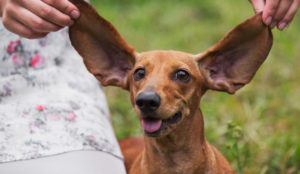






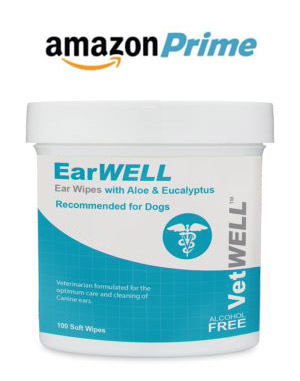
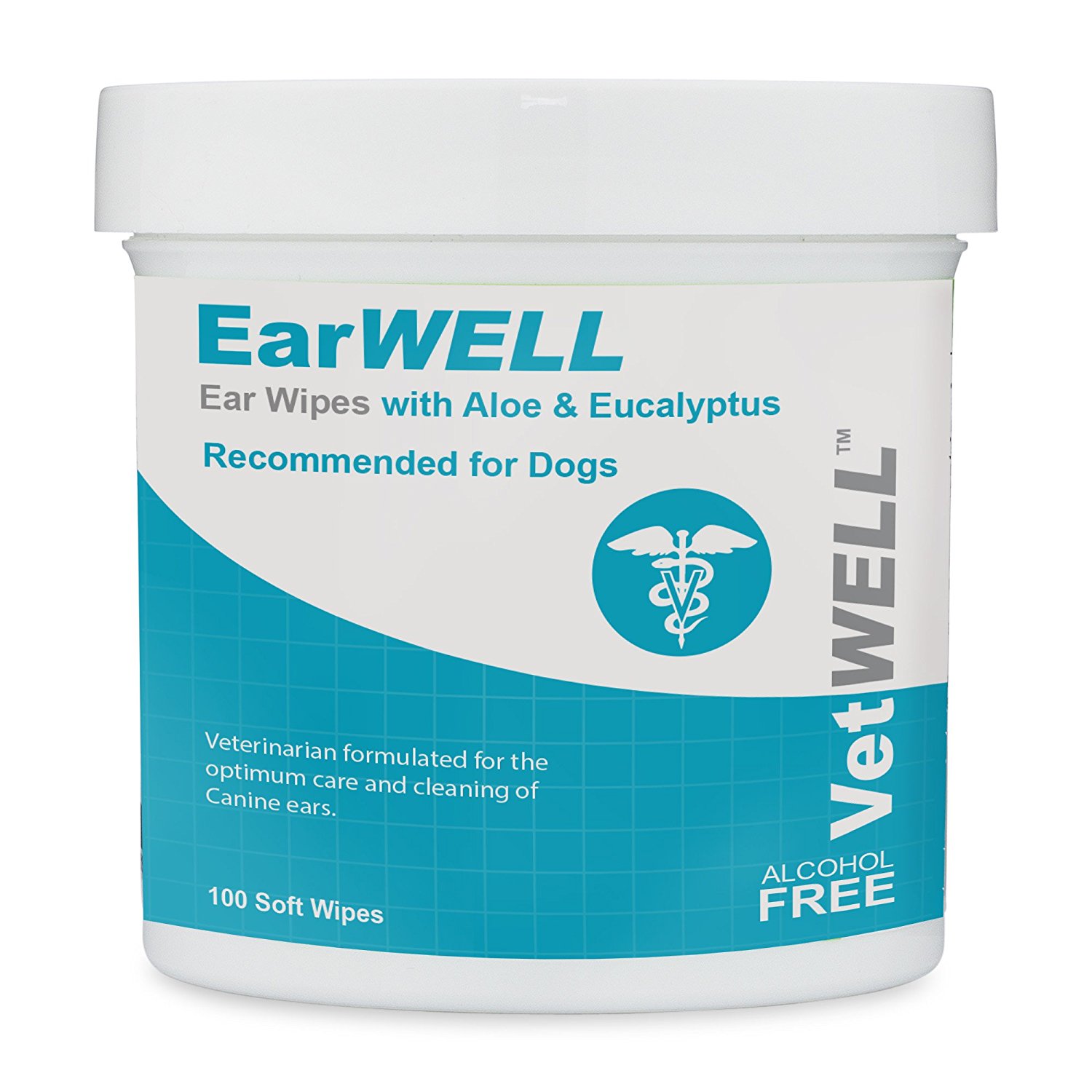














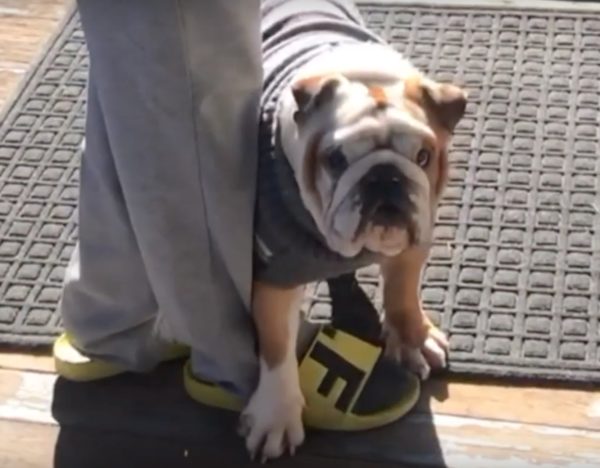



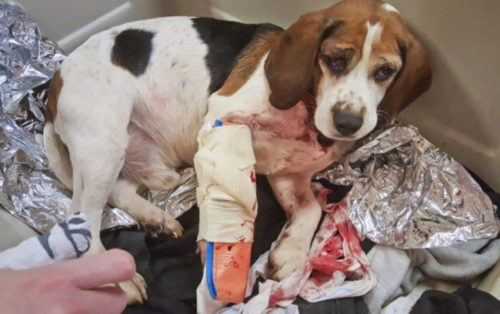














 , but interestingly after 25 years of experience of watching the dynamics of (littermates specifically) she was partially right.
, but interestingly after 25 years of experience of watching the dynamics of (littermates specifically) she was partially right.






